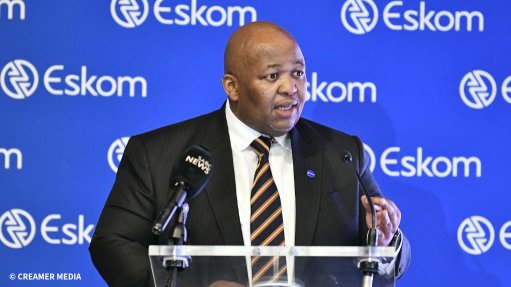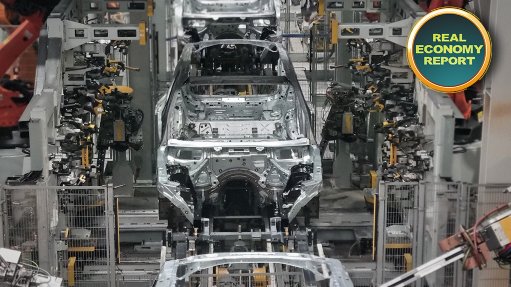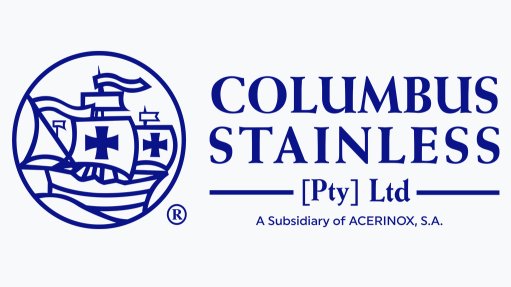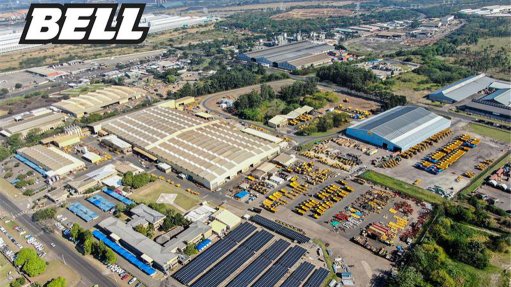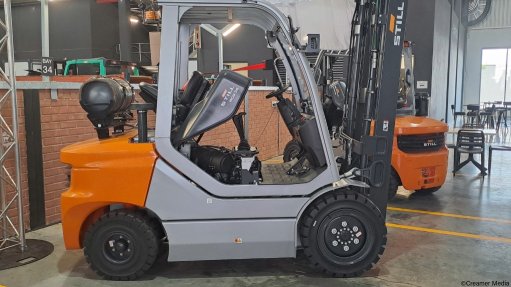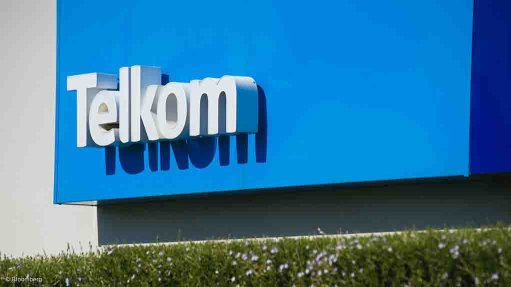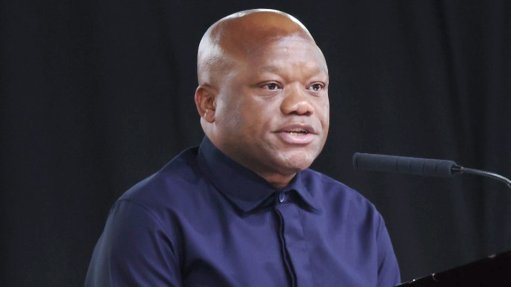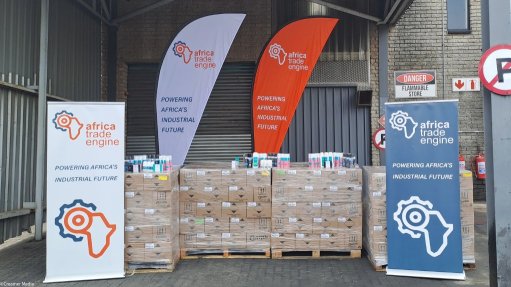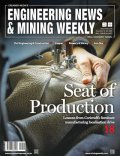Addressing challenges before diversification

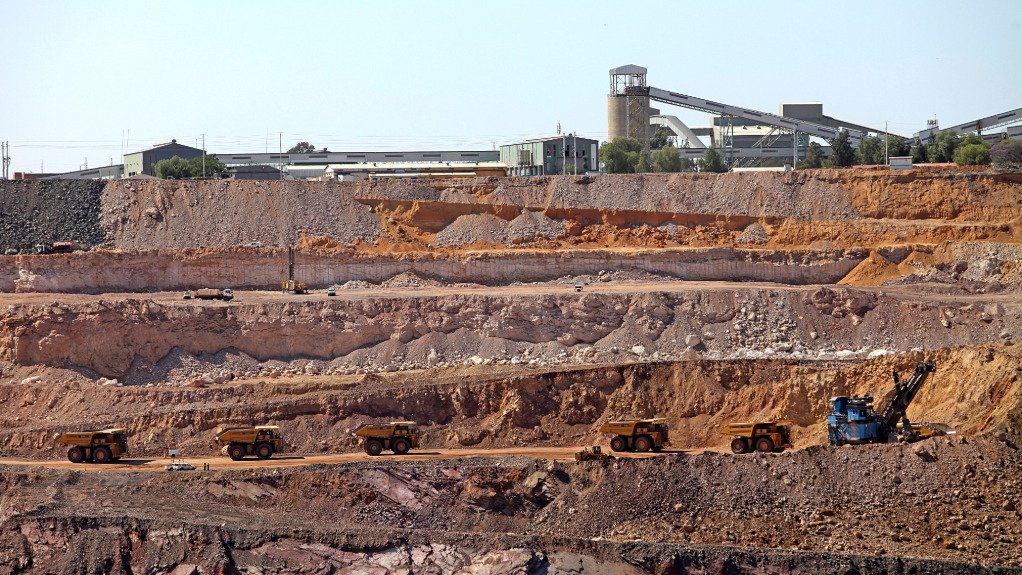
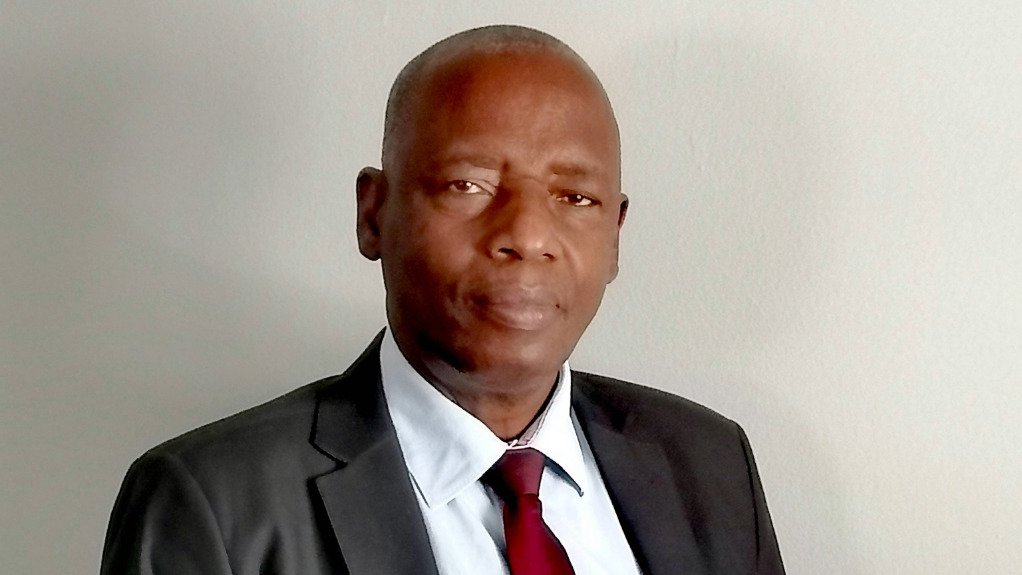
GROWTH CHALLENGES Depressed diamond prices are leading Botswana’s mining sector to start to embrace mineral diversification strategies
CHARLES SIWAWA Copper, manganese and nickel have attracted widespread interest in Botswana, and the country is also seeing a lot of mining companies exploring the potential of rare earths
The potential for Botswana’s mining industry to diversify into minerals, such as copper, nickel, coal and other critical minerals, cannot be effectively pursued without meaningfully addressing the challenges of declining diamond markets and infrastructure improvement, says industry association Botswana Chambers of Mines (BCM) CEO Charles Siwawa.
The country’s growth challenges are predicated on the depressed international diamond market, where slow diamond sales have had an impact on the mining industry. This pressurises Botswana’s economy as a result of its reliance on, to a large degree, diamond sales to grow the economy – a challenge for not only its mining industry but also government, he notes.
Further, despite the second-largest coal deposit in Africa being situated in Botswana, Siwawa says depressed coal prices have resulted in mining companies not getting competitive prices across international coal markets. Consequently, there was severe downward pressures on production in the recent past, in addition to some job losses across the country’s minerals industry.
However, he points out that base metals, such as copper and nickel, have done “reasonably well” and are continuing to show great potential, consequently enabling Botswana’s base metals operations to be more profitable, as the prices for these minerals have remained reasonably high.
Siwawa hopes to see more exploration being undertaken in the country and notes that there is a gradual emergence of global mining companies that are undertaking exploration activity in Botswana aimed at base metals, such as copper and nickel, which are key critical minerals endorsed by the international mining market in terms of exploration projects.
“Copper, manganese and nickel have attracted widespread interest in Botswana, and we are also seeing a lot of mining companies exploring the potential of rare earths.”
However, many of these companies are in the conceptual stage of exploration projects, with new developments expected to “buttress the revenue” currently obtained through diamond mining and beneficiation, he adds.
Infrastructure Appraisal
Botswana’s mining industry has to deal with inadequate infrastructure such as roads, access to electricity and telecommunications.
The country’s mining industry moves much of its commodities using the country’s railway system, and although it is not working well, there is an opportunity to review and revamp railways where bulk minerals are moved, Siwawa adds.
Plans are under way to address logistics infrastructure, with the development of the 100 km Mmamabula–Lephalale railway line, which is intended to connect the Mmamabula coalfields, between Gaborone and Francistown, in Botswana, to Lephalale, in South Africa’s Limpopo province.
This will facilitate the transportation of coal from Botswana to South Africa for power generation, in addition to the possibility of exporting minerals through South Africa’s ports.
He notes that plans are still ongoing to develop the Trans–Kalahari railway line, which is expected to run 1 500 km from the coalfields of Mmamabula to the Port of Walvis Bay, in Namibia. This project aims to provide a more efficient route for exporting bulk minerals such as copper, coal and other goods to other Southern African countries.
Legislative Framework, Competitive Advantage
Siwawa notes that Botswana recently reviewed its minerals policy with the aim to make the sector more attractive to investors and developers, adding that the aim is to create a mining environment that is more effective and efficient. It is also aimed at addressing the less-than-desirable participation of Botswana’s citizenry in the mining industry.
The country’s mining industry and government have to make it as easy as possible for investors to enter the industry. Currently, this is achieved through Botswana’s competitive tax regime that enables mining companies to retain and repatriate a larger proportion of their operational profits provided that they pay certain government fees, which include taxation, costs and royalties.
He highlights that the implementation of the online mining cadastre system between August 2021 and September 2022 has made it easier for mining companies and individuals to apply for prospecting licences in Botswana from any place in the world. This system has obviated the need for physical presence in the country in order to obtain a mineral prospecting licence.
In addition, the country’s economy can be further uplifted through promoting in-country minerals beneficiation, as such practices would add value to raw mineral products before export, creating more jobs and fostering local economic growth, says Siwawa.
“Minerals in Africa should be used for the benefit of the continent through beneficiation and value-add as much as possible before marketing them to the rest of the world. “This consideration espouses the African Mining Vision which seeks to process minerals across the mining value chain to ensure that significant value remains in Africa,” he concludes.
Article Enquiry
Email Article
Save Article
Feedback
To advertise email advertising@creamermedia.co.za or click here
Comments
Press Office
Announcements
What's On
Subscribe to improve your user experience...
Option 1 (equivalent of R125 a month):
Receive a weekly copy of Creamer Media's Engineering News & Mining Weekly magazine
(print copy for those in South Africa and e-magazine for those outside of South Africa)
Receive daily email newsletters
Access to full search results
Access archive of magazine back copies
Access to Projects in Progress
Access to ONE Research Report of your choice in PDF format
Option 2 (equivalent of R375 a month):
All benefits from Option 1
PLUS
Access to Creamer Media's Research Channel Africa for ALL Research Reports, in PDF format, on various industrial and mining sectors
including Electricity; Water; Energy Transition; Hydrogen; Roads, Rail and Ports; Coal; Gold; Platinum; Battery Metals; etc.
Already a subscriber?
Forgotten your password?
Receive weekly copy of Creamer Media's Engineering News & Mining Weekly magazine (print copy for those in South Africa and e-magazine for those outside of South Africa)
➕
Recieve daily email newsletters
➕
Access to full search results
➕
Access archive of magazine back copies
➕
Access to Projects in Progress
➕
Access to ONE Research Report of your choice in PDF format
RESEARCH CHANNEL AFRICA
R4500 (equivalent of R375 a month)
SUBSCRIBEAll benefits from Option 1
➕
Access to Creamer Media's Research Channel Africa for ALL Research Reports on various industrial and mining sectors, in PDF format, including on:
Electricity
➕
Water
➕
Energy Transition
➕
Hydrogen
➕
Roads, Rail and Ports
➕
Coal
➕
Gold
➕
Platinum
➕
Battery Metals
➕
etc.
Receive all benefits from Option 1 or Option 2 delivered to numerous people at your company
➕
Multiple User names and Passwords for simultaneous log-ins
➕
Intranet integration access to all in your organisation










